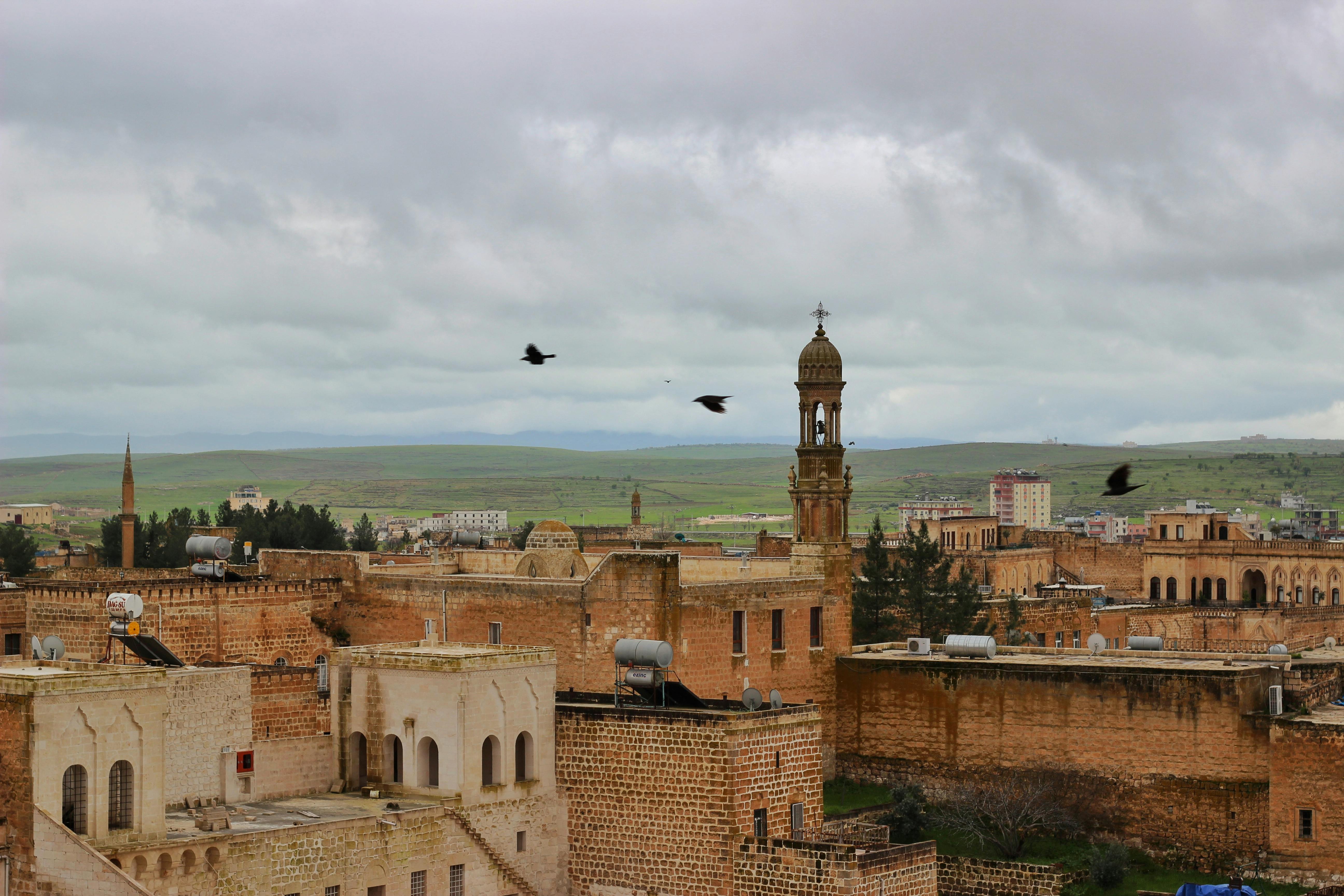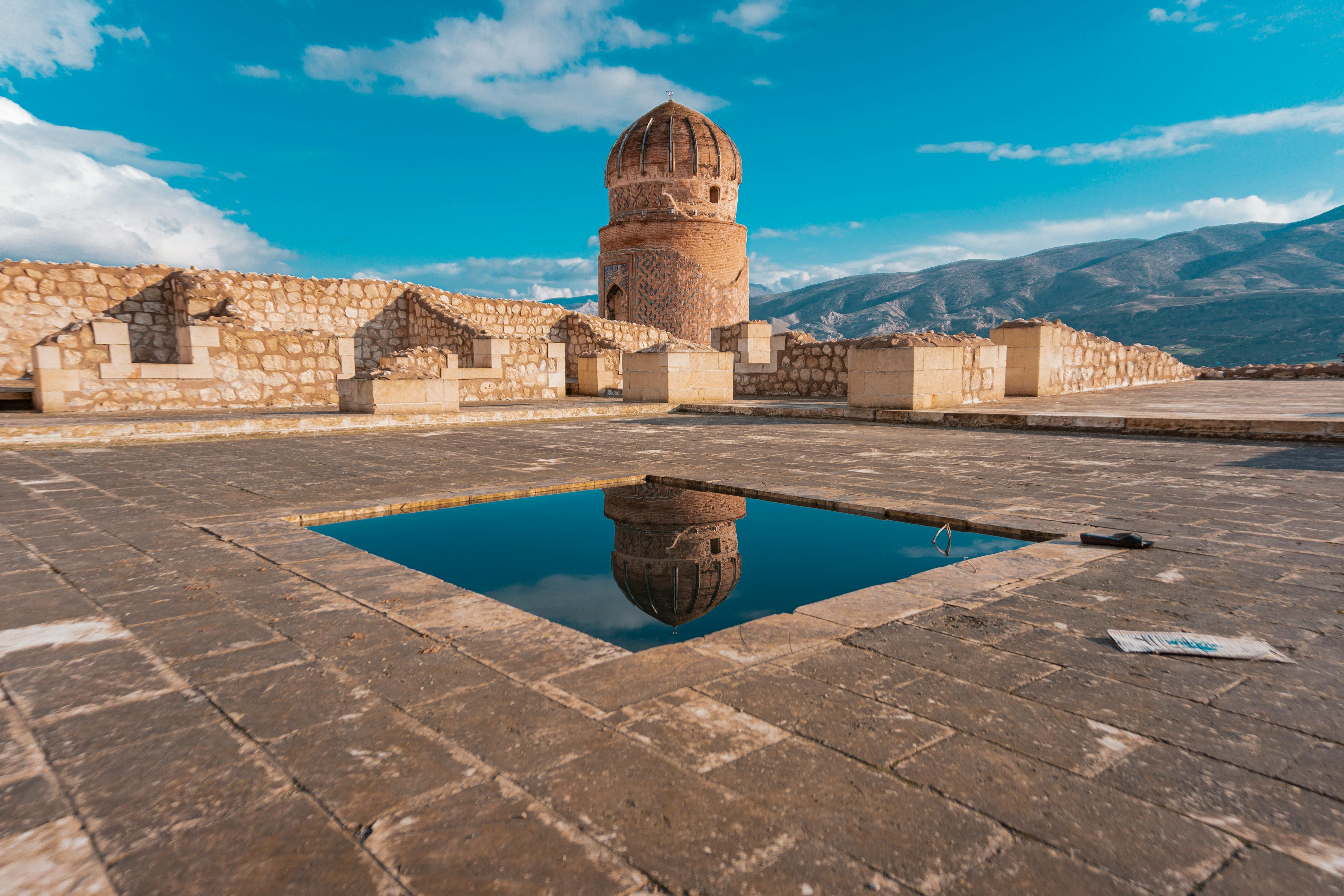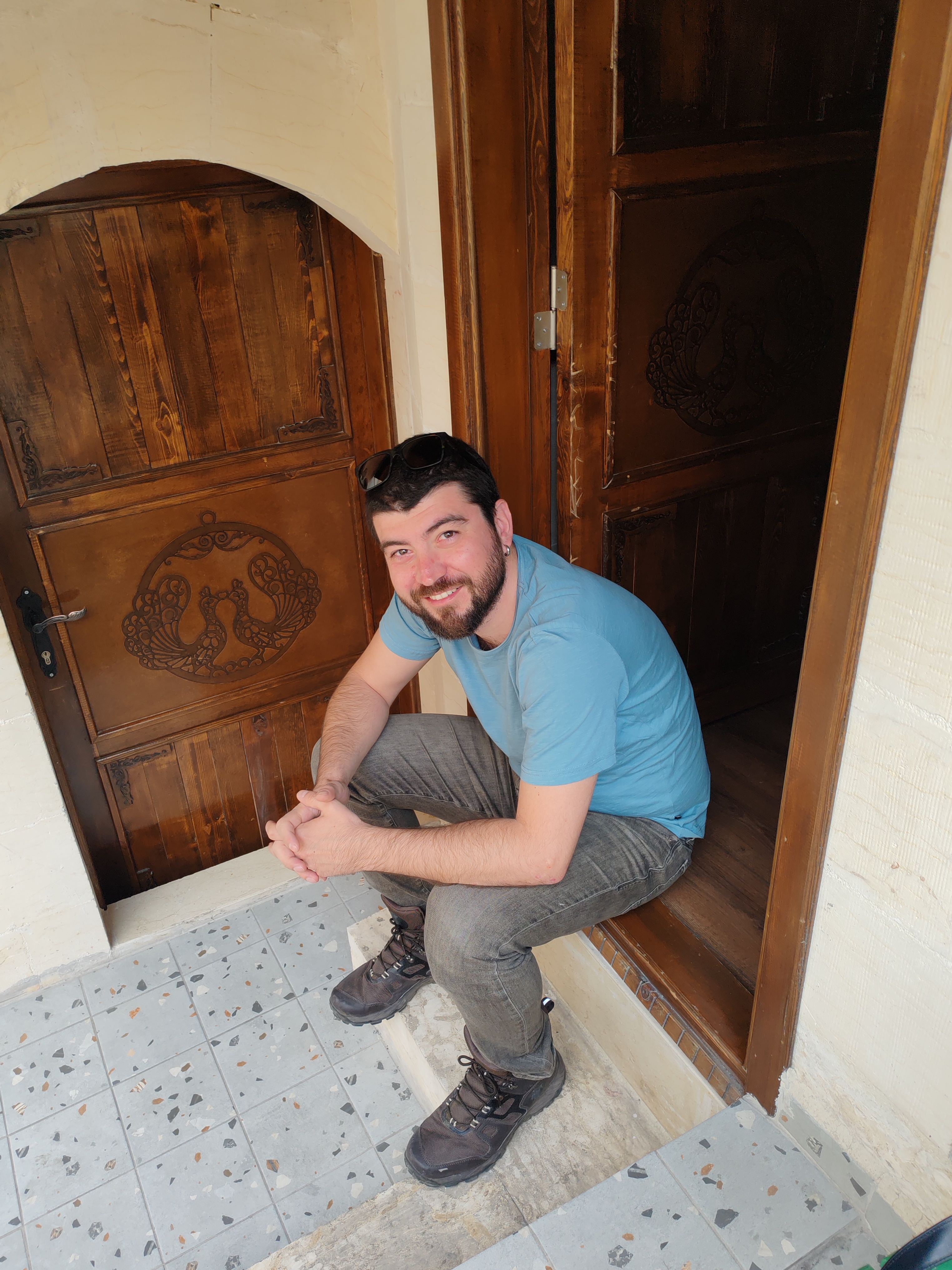
Curator’s statement
Southeastern Türkiye is where history doesn’t just live—it breathes. To truly feel the depth of human culture and connection, you have to wander through the soul-stirring landscapes of Mardin, Midyat, and Diyarbakır. This region is a living testament to the evolution of civilization itself—a mosaic of ancient faiths, timeless artistry, and enduring spirit. It’s not just a journey through Türkiye, but through the shared memory of humanity—where stories carved into stone and carried through generations remind us all of the beauty in our collective roots, resilience, and belonging.
The Fora Difference
Book with Gorkem to access exclusive perks and experiences on your trip.
Killer perks
Free upgrades, spa credits and more—we got you
Personalized recs
Customized travel planning for your style
Insider knowledge
Expert advice from people who’ve actually been there
Where to stay
Unlock perks by contacting Gorkem to book your trip.
Day 1: Mardin

Upon arriving in Mardin, you may begin by visiting Kasımiye Medrese, a historical complex whose symbolic design reflects the journey of life. From there, explore the rich heritage of the Assyrian community with a visit to Mor Behnam Church (Kırklar Kilisesi).
As you stroll through Mardin’s winding historic alleys, take time to visit the Mardin Museum, housed in the former Assyrian Patriarchate. Here, you can immerse yourself in the city’s rich history through a diverse collection of artifacts spanning from the Paleolithic Age to the 19th century AD.
In the afternoon, visit the majestic Ulu Cami (Great Mosque), followed by a stroll through the shadowy Abbaras—Mardin’s tunnel-like passageways. Here, you’ll find shops selling healing herbs, handmade soaps, and loofahs. The soaps are crafted with natural ingredients like olive oil, lavender, and goat milk, each offering unique health benefits. Loofahs, meanwhile, are popular for their gentle exfoliating properties.
Discover hidden gems like Zinciriye Medrese, offering stunning views of the city. Pause for a cup of saffron tea or menengic coffee (wild pistachio berries) on a rooftop terrace as the sun sets over Mardin—an unforgettable beginning to your journey into Mesopotamia.
Day 2: Dara & Midyat

Your day might begin with a visit to the sacred Deyrulzafaran Monastery on the way to Dara—a serene and spiritual site that once served as the seat of the Assyrian Orthodox Patriarchate. Steeped in history and spirituality, this peaceful monastery offers a profound sense of reverence and a window into the region’s deep-rooted Christian heritage.
Next, journey to the breathtaking Dara Ancient City, an open-air archaeological wonder dating to the Byzantine era. You’ll wander through its rock-cut tombs, towering fortifications, and explore an enormous subterranean cistern—one of the largest in the region—that once supplied water to the ancient city. It’s incredible to see how people still inhabit a village built with the very same stones once used by the Romans.
Later in the day, travel to Midyat, a town where history breathes through every stone and alleyway. Here, you’ll have the chance to visit the majestic Mor Gabriel Monastery, the oldest surviving Syriac Orthodox monastery in the world, founded in the 4th century AD. Still active today, it offers a tranquil atmosphere and beautifully intricate stone carvings that speak of centuries of faith and devotion.
For a cinematic moment, make a stop at the Midyat Guest House, famous for its panoramic terrace and its appearances in beloved Turkish TV series. You can sit there for a while, tea in hand, watching the sun dip over stone rooftops.
Before the day ends, lose yourself in the vibrant Midyat Bazaar, where you’ll find shimmering Telkari silver work, handcrafted souvenirs, and the warm hospitality of local artisans. It’s the perfect place to pick up a unique piece of southeastern Türkiye to take home.
If you go, go slowly. Let yourself soak it all in. This part of the world doesn’t just offer sights—it offers moments that stay with you.
Day 3: Hasankeyf & Diyarbakır

Hasankeyf, a stunning riverside town along the Tigris River, where layers of history spanning 12,000 years await. Explore the remains of the ancient town, climb to the castle for sweeping views, and admire the Zeynel Bey Mausoleum, a masterpiece of Timurid architecture relocated to safety due to recent flooding.
A visit to the Hasankeyf Museum is truly essential. It’s not just a collection—it’s a beautifully told story of civilization itself. Inside, you’ll find Neolithic tools, Roman coins, ancient pottery, and even intricately decorated Islamic manuscripts—each piece a quiet witness to the countless lives once lived here. The museum’s reconstructions bring it all vividly to life, helping you imagine what Hasankeyf looked and felt like through the millennia. You won’t just learn—you’ll feel connected to something far bigger than yourself.
From Hasankeyf, you’ll head to Diyarbakır, a city steeped in culture and resilience. Begin in the Sur District, the historic heart of the city, where narrow alleys, vibrant courtyards, and traditional houses echo with centuries of life. You can enjoy a short walk along the imposing black basalt city walls, among the world’s longest, and visit the Great Mosque (Ulu Cami), a striking example of early Islamic architecture in Anatolia.
Southeastern Türkiye has a quiet magic, and it reveals itself to those who take the time to truly see it.
Need to know
Culture: layers of time and faith
Dress modestly, especially when visiting sacred sites like Deyrulzafaran Monastery or Mor Gabriel, and be respectful during prayer times. The locals are proud of their heritage and often happy to share stories over a glass of tea—just slow down and show genuine interest.
Hiring a local guide can unlock hidden narratives and give you access to tucked-away gems not marked on any map.
Weather: Dry heat meets mountain breezes
This region enjoys long, dry summers and surprisingly cool evenings—especially in elevated areas like Mardin’s old city or the valleys around Hasankeyf.
Bring lightweight clothing for daytime explorations, but don’t forget a shawl or jacket for the evenings. Spring and fall offer the best conditions for both sightseeing and photography.
Mobility & accessibility: take your time
The charm of these towns lies in their uneven, historic streets—Mardin’s stone stairways, Midyat’s alleyways, and Hasankeyf’s cliffside paths are best explored on foot, but they do require sturdy shoes and a bit of patience.
In Diyarbakır, the Sur District is walkable, but the cobbled lanes and heritage sites may not be wheelchair-friendly. Hiring a car or joining a guided tour will help cover ground, especially between cities where public transport is limited.
Expect patchy phone service in more rural or archaeological areas, so keep offline maps handy—and enjoy the feeling of being fully present.
Food: hearty, handmade, and full of soul
Each city brings its own flavor to the table—literally. In Mardin, the cuisine is fragrant and spice-forward: think stuffed lamb ribs, kibbeh (stuffed meatball), and spiced rice pilaf.
From Dara to Midyat, there is a unique village called Kafro, which became famous with its pizzerias.
Don’t miss the chance to sample locally produced Assyrian wines, a tradition passed down for centuries. You’ll find small wine shops and family-run cellars tucked away in the old quarters of both Mardin and Midyat.
In Diyarbakir, try the meftune (a tangy meat stew), çiğ köfte, and the unbeatable watermelon in summer.
Vegetarians will find satisfying options like soups, salads, stuffed vegetables, and seasonal mezes.
For more inspiration and insider recommendations, visit our Türkiye page.

Travel Advisor
Gorkem Suzgun

Get in touch with Gorkem
Did you like this guide? Reach out to customize and book your own experience. Or, just to chat about travel in general.
You can expect a response from Gorkem within 1–2 business days. You’ll also be subscribed to our traveler newsletter (you can unsubscribe at any time).